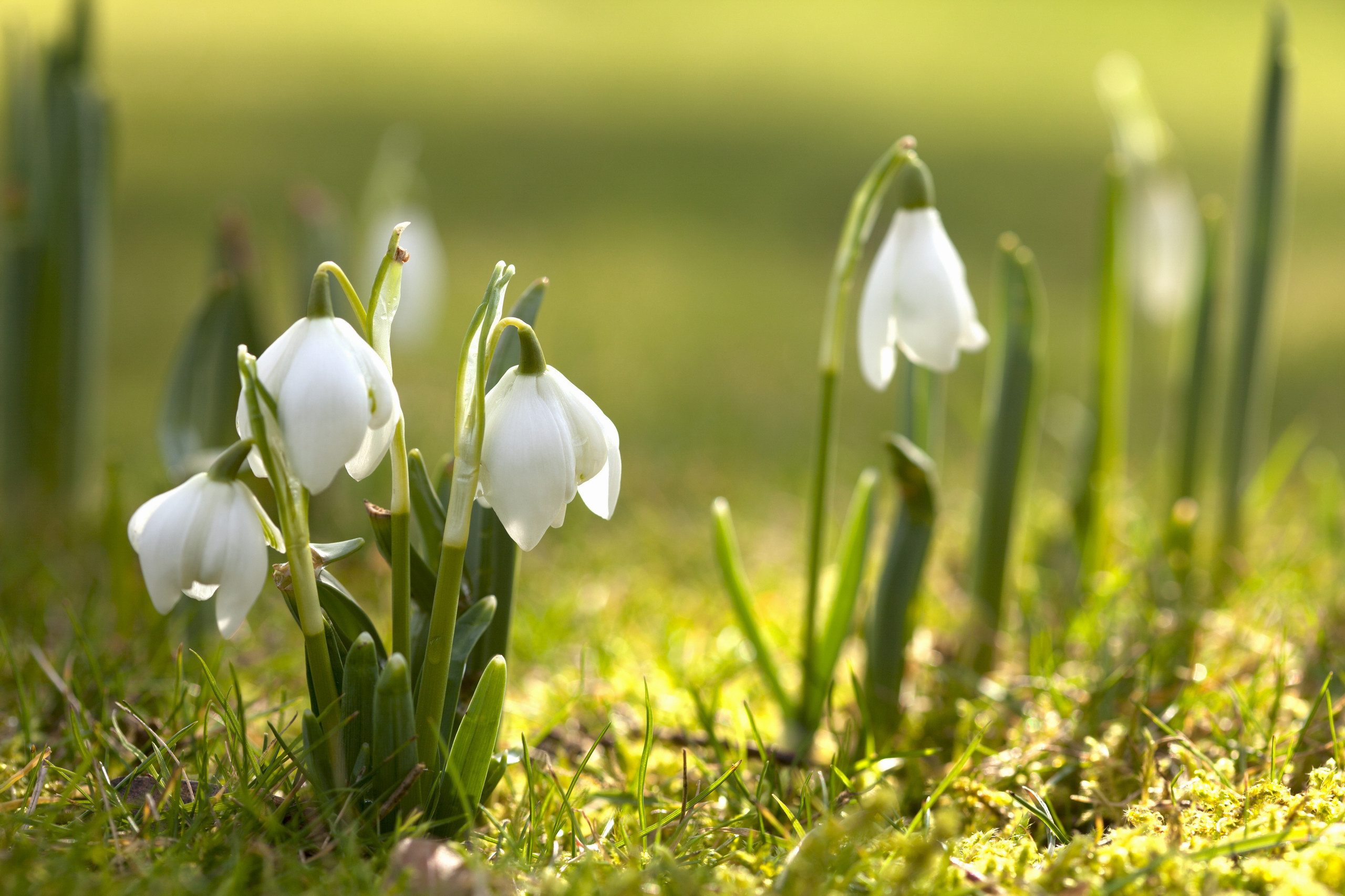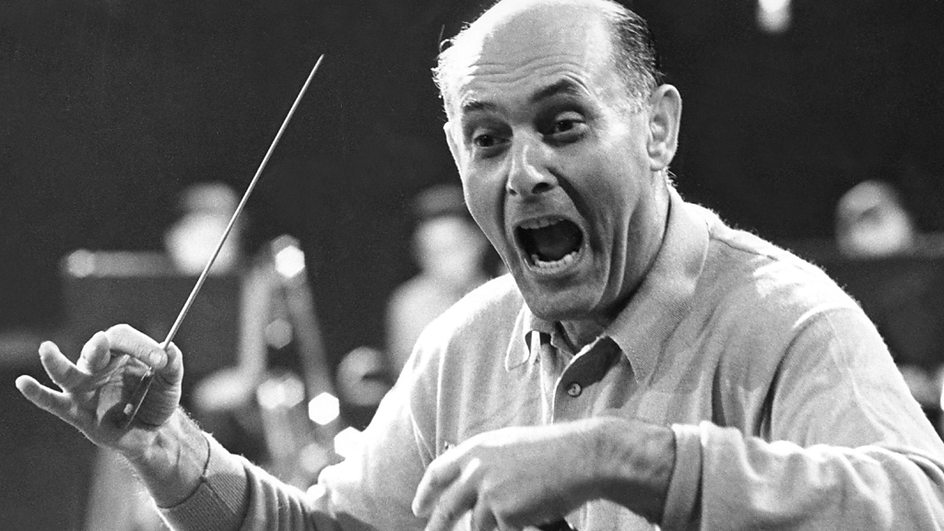The Brahms Violin Concerto: 8 Great Recordings
Johannes Brahms’ Violin Concerto in D major, Op. 77 stands with Beethoven’s Concerto at the pinnacle of the violin repertoire. No concerto unleashes the soaring, heroic power and poetic potential of the violin more profoundly than Brahms’. It’s music that runs the gamut between smoldering ferocity and tranquil introspection, encompassing a universe of expression. Brahms’ forty-plus year friendship and musical partnership with the German violinist and composer Joseph Joachim (1831-1907) was central to the …




